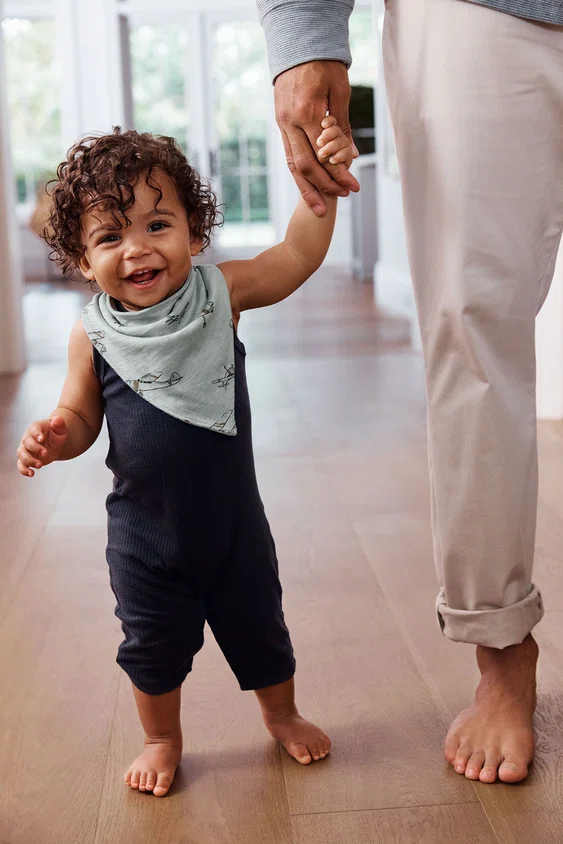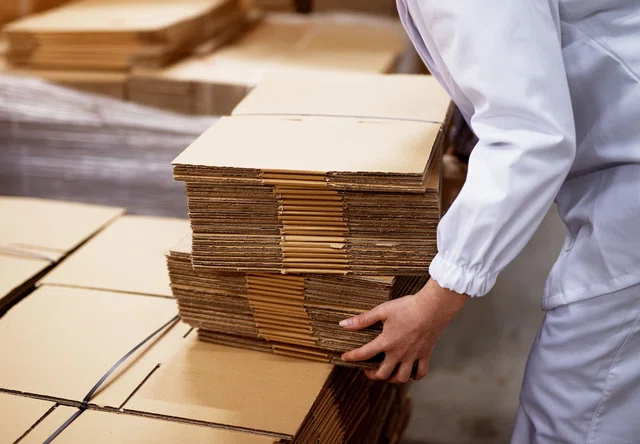



planet
Reducing Waste
In 2023, we continued working toward our goal to divert 80% of our waste from landfill by 2025. Our distribution centers were responsible for diverting 92% of their waste from landfill, helping us achieve an overall diversion rate of 67% for the year.


67% of direct operations waste diverted from landfill in 2023
Our ability to manage waste can be challenging in certain locations, like most retail stores, where our landlords manage waste disposal. In these locations and certain others, we do not have access to primary waste data.
For the remaining ~200 stores that are under our direct management, we use a waste management company to manage the collection of waste and recycling. We extrapolate the data from these stores to estimate the volumes at our other stores based on average per square foot of retail space. For more waste data, please see the Disclosure Index.
Waste from Direct Operations (tons)




Product Circularity
Product Circularity
In a circular economy for fashion, products (apparel, footwear, and accessories) are designed to be made again, created using safe and recycled or renewable inputs, and used longer. At Carter’s, we are on a journey towards product circularity, where our products are designed and created with their end-of-life in mind.
Product Recycling
Product Recycling
One step on our journey toward product circularity is helping to extend the useful life of a product, thereby reducing waste to landfill.
Our KIDCYLE™ product take-back program is an example of this extension. Through KIDCYCLE, customers can mail apparel that would otherwise be discarded to our partner, TerraCycle, to be recycled at no cost to them. Once collected, the clothing is separated by fabric type, shredded, and recycled into materials used for insulation, mattresses, pet bedding, and sports equipment.
We are evaluating another version of this program where collection bins would be placed in select stores.

KIDCYLE metrics



Packaging
Packaging
Developing sustainable packaging solutions is essential to achieve our commitment of 50% reduction in virgin plastic packaging by 2030 from a 2022 baseline. In 2022, historic inflation weighed on consumer demand and resulted in excess inventories, which were held for sale in 2023. While the reduced inventory purchase volume in 2023 contributed to lower packaging consumption, we continued to increase the amount of recycled content in our packaging across all types to 31% of total plastic use, contributing to a 33% reduction in virgin plastic packaging since 2022.
Packaging Reduction Efforts
Packaging Reduction Efforts
Product
- Expanded use of recycled content plastic hangers and increased the use of the hybrid hanger, which has less plastic content than traditional hangers
- Reduced the size of hang tags across our brands
- Reduced use of stickers and sock inserts from product packaging
- Continued 80% and 50% recycled plastic poly mailers in the U.S. and Canada, respectively, for eCommerce orders
- Continued carton reuse for shipping from distribution centers (DCs) to retail stores
- Converted to paper shopping bags from plastic in Canadian stores
- Defaulting to electronic receipts
We repurposed over 1,500 tons of corrugated boxes for retail store shipments in 2023, reducing the need to use new corrugated boxes by 42%


In 2023, we transitioned Skip Hop's entire soft goods product line, starting with Diaper Bags and On-the-Go accessories, to using 100% recycled polybags and printed retail packaging.






















